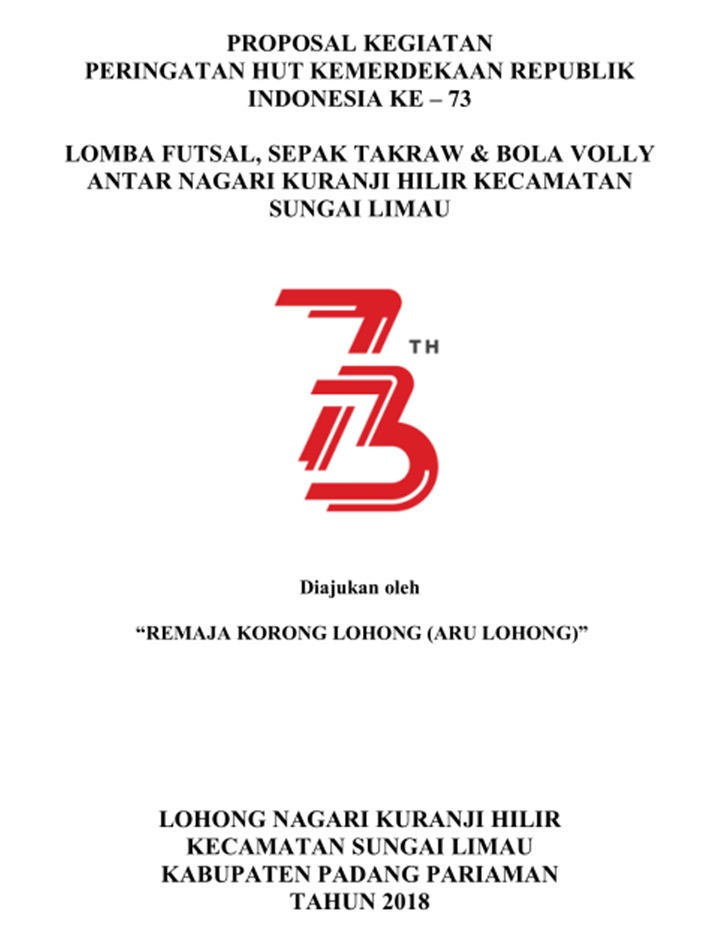

It was dialectically involved with the present and offered an alternative model of potentialities to be realized. nature" as a simple "habitus" (Bourdieu 1977). The past was not merely the residue of earlier acts, "history turned into. Rather, they were debated and reflected upon in order to select those that provided patterns worthy of repeating, precedents to guide future innovation. These "images of the past" were not, however, used simply to replicate what had happened earlier. Precedents established in the past were used to validate present actions by calling up a complex repository of images. Local systems of time reckoning were struggles against mortality, attempts to preserve a sense of a continuing heritage over the generations by giving a vast authority to the past and to the ancestors. In this way, a diversity of different temporal systems is made subservient to a single, overarching system, internally consistent but no longer sensitive to local variations in meaning and sense. This new temporality has shifted the relations of power by presenting a modern, secular, and universal measurement of time-in printed calendars, clocks to record the passage of hours and minutes, and books to trace the succession of historical periods and epochs. More recently, a third sort of time has been added to locally generated temporalities by the intrusions of colonial conquest, the new Indonesian nation-state, and Protestant and Catholic missionization. Biographic time binds persons to things, to localities, and to other groups of persons through the experience of living and remembering the past. The time of the calendar relates human lives to the rhythms of the natural world, the movement of celestial bodies, and the order of the cosmos.


They embody a cumulative, irreversible time that ties the past to the present and extends into an uncertain future. Their movements are restrained by the calendar, but they are not part of the annual cycle.

Subjects distribute their biographies in different directions, striving for a sort of immortality both through acts that will remain in memory and descendants who will repeat their names in invocations. This time is not totalizing but particular: it constitutes the value of objects and animals by measuring the investment of human lives in producing and conserving them. Bio-graphic time, a second form of temporality, moves through these cycles to spotlight unique and irrevocable events, forming chains that leave their mark on houses, villages, and landscapes. The collective, encompassing structure of the calendar provides a form of repeated, reversible time in which human lives can be inscribed. But it is given a local meaning that makes the naming of the months and the "New Year" festival of the sea worms into the mark of a distinctly Kodi identity. His task, together with the implements associated with its performance, is seen as partially imported from a distant island to the west. The yearly cycle, apprehended in days, months, and seasons, is synchronized by a calendrical priest, the Rato Nale or "Lord of the Year," who coordinates agricultural activities and their ritual stages. I begin with the collective construction of the past through the model of the calendar. This book is an ethnography of the cultural perception and organization of time in an Eastern Indonesian society. The cultural value placed on time begins with the shared significance of our own mortality. The measurement of time derives its poignance from the inevitable end to each biographical cycle. The shortness of human lives is a fact of time and of each person's experience.


 0 kommentar(er)
0 kommentar(er)
